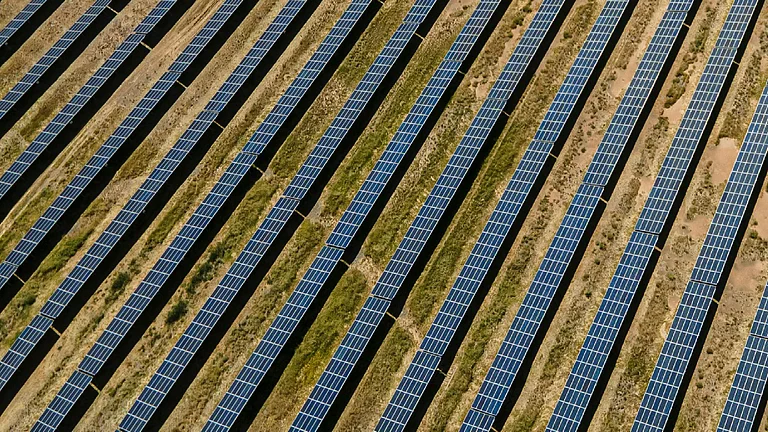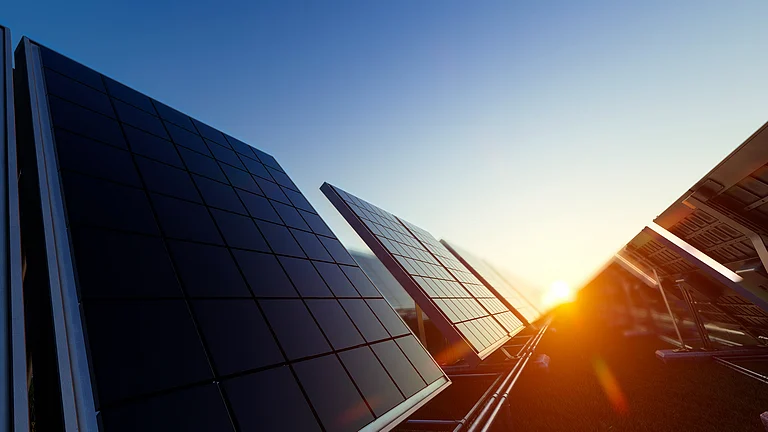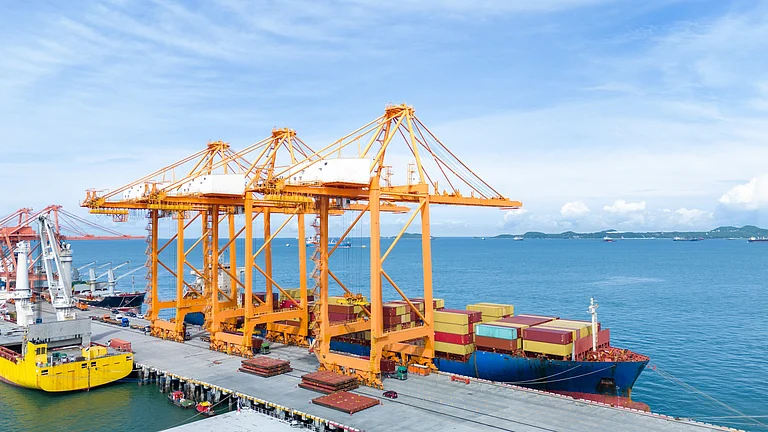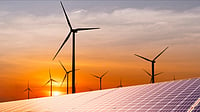
Global renewables grew 15.1% in 2024, still short of tripling target.
IRENA says goal achievable if annual growth rises to 16.6%.
Asia leads expansion, but regional imbalances threaten progress toward 2030 targets.
Despite achieving a record increase in renewable energy capacity globally in 2024, countries still fell short of the UN climate goal to triple capacity by 2030, according to a report by International Renewable Energy Agency (IRENA).
Over 100 countries at the COP28 climate summit in Dubai in 2023 agreed to triple renewable energy capacity by 2030 as part of efforts to meet global climate targets, reported Reuters.
The IRENA report also stated that the Global Renewables Alliance and the COP30 Brazilian Presidency tracks progress towards meeting the goal, and comes ahead of this year’s COP UN climate talks in Brazil next month.
The report further showed that a record 582 gigawatts of renewable capacity was added in 2024, representing a 15.1% annual growth rate. However, achieving the target by 2030 will require annual growth of 16.6% from 2025-2030.
Globally, 4,443 GW of renewable energy had been installed by the end of 2024, falling short of the 11,174 GW target for tripling.
Challenge, Not Defeat
In spite of the challenge, IRENA Director-General Francesco La Camera told Reuters the target is still achievable.
"We may be close to still more than 700 gigawatts, possibly 750 gigawatts (of capacity additions) in 2025, and this means we are closing the gap," he said in an interview
For the first time in the first half of 2025, renewable energy sources produced more electricity than coal, according to a report released last week by the think tank Ember.
According to La Camera, growth is still anticipated internationally despite the fact that US President Donald Trump changed tax credits for wind and solar projects this year, which may discourage investment in new renewable projects in the nation, reported Reuters.
Regional Growth Imbalances Persist
According to another report by the International Energy Agency (IEA), despite the record growth, the renewable energy industry has difficulties keeping up this pace.
Global renewable capacity must rise by 4,600 GW by 2030, according to the IEA report, with solar photovoltaic (PV) and wind power contributing nearly 80% of this growth.
According to a World Economic Forum data, regional disparities still persist, with Asia leading the charge, particularly China, which added over 373 GW in 2024. In contrast, regions like Central America and the Caribbean contributed just 3.2% of the global growth, indicating the need for more balanced development.
Experts suggest that addressing challenges such as supply chain issues and local opposition is vital to sustaining the growth trajectory needed to meet the 2030 targets.
































